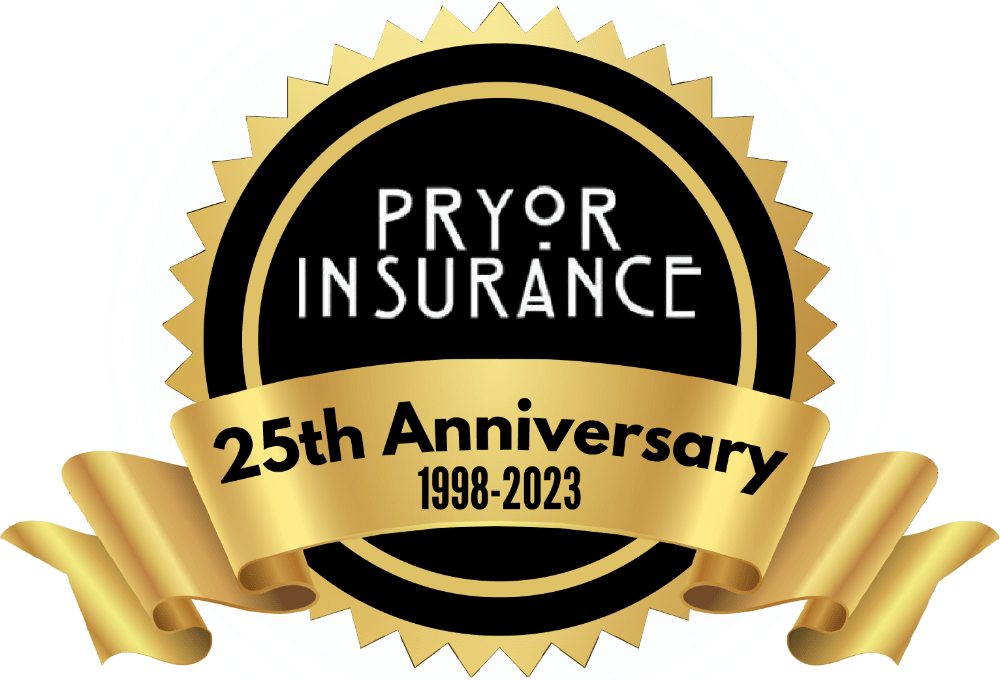 A Medigap policy is health insurance sold by private insurance companies to fill the “gaps” in Original Medicare Plan coverage. Medigap policies help pay some of the health care costs that the Original Medicare Plan doesn’t cover. If you are in the Original Medicare Plan and have a Medigap policy, then Medicare and your Medigap policy will pay both their shares of covered health care costs.
A Medigap policy is health insurance sold by private insurance companies to fill the “gaps” in Original Medicare Plan coverage. Medigap policies help pay some of the health care costs that the Original Medicare Plan doesn’t cover. If you are in the Original Medicare Plan and have a Medigap policy, then Medicare and your Medigap policy will pay both their shares of covered health care costs.
Insurance companies can only sell you a “standardized” Medigap policy. These Medigap policies must all have specific benefits so you can compare them easily.
You may be able to choose up to 12 different standardized Medigap policies (Medigap Plans A through L). Medigap policies must follow Federal and State laws. These laws protect you. A Medigap policy must be clearly identified on the cover as “Medicare Supplement Insurance.” Each plan, A through L, has a different set of basic and extra benefits.
It’s important to compare Medigap policies because costs can vary. The benefits in any Medigap Plan A through L are the same for any insurance company. Each insurance company decides which Medigap policies it wants to sell.
Generally, when you buy a Medigap policy you must have Medicare Part A and Part B. You will have to pay the monthly Medicare Part B premium. In addition, you will have to pay a premium to the Medigap insurance company.
You and your spouse must each buy separate Medigap policies. Your Medigap policy won’t cover any health care costs for your spouse.

Medicare Advantage Plans
Medicare Advantage Plans (also known as Medicare Part C) are health plan options that are part of the Medicare program. If you join one of these plans, you generally get all your Medicare-covered health care through that plan. This coverage can include Medicare Part D prescription drug coverage or you can enroll in a separate Medicare Part D prescription drug coverage plan. Medicare Advantage Plans include:
- Medicare Health Maintenance Organization (HMOs)
- Preferred Provider Organizations (PPO)
- Private Fee-for-Service (PFFS) Plans
- Medicare Special Needs Plans (SNP)
- Medicare Medical Savings Accounts (MSA)
Part D: Prescription Plans
Medicare Part D went into effect on January 1, 2006. Anyone with Part A or B is eligible for Part D. It was made possible by the passage of the Medicare Prescription Drug, Improvement, and Modernization Act. In order to receive this benefit, a person with Medicare must enroll in a stand-alone Prescription Drug Plan (PDP) or Medicare Advantage plan with prescription drug coverage (MA-PD). These plans are approved and regulated by the Medicare program, but are actually designed and administered by private health insurance companies. Unlike Original Medicare (Part A and B), Part D coverage is not standardized. Plans choose which drugs (or even classes of drugs) they wish to cover, at what level (or tier) they wish to cover it, and are able to choose not to cover some drugs at all. The exception to this is drugs that Medicare specifically excludes from coverage, including but not limited to benzodiazepines, cough suppressant and barbiturates. Plans that cover excluded drugs are not allowed to pass those costs on to Medicare, and plans are required to repay CMS if they are found to have billed Medicare in these cases.
It should be noted again for beneficiaries who are dual-eligible (Medicare and Medicaid eligible) Medicaid will pay for drugs not covered by part D of Medicare, such as benzodiazepines, and other restricted controlled substances.
Disclaimer: We do not offer every plan available in your area. Any information we provide is limited to those plans we do offer in your area. Please contact Medicare.gov or 1-800-MEDICARE to get information on all of your options.

